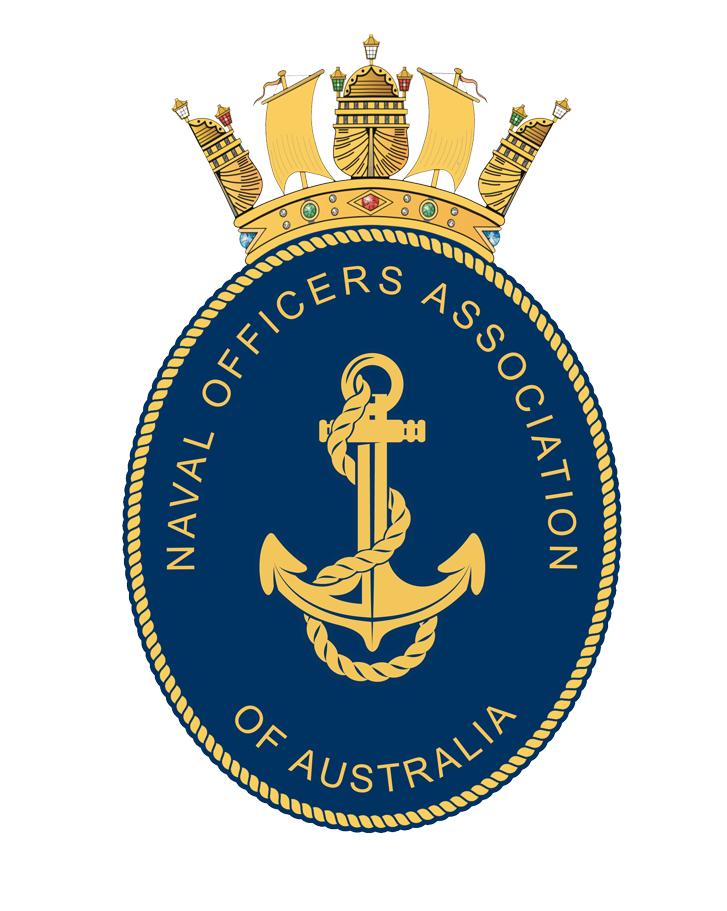Torpedo pistols
Torpedoes have come a long way since the Ottoman submerged submarine Abdülhamid first fired a torpedo in 1886 and Russian torpedo boats sank the Turkish steamer Intibah on 16 January 1877. Englishman Robert Whitehead was one of the seminal contributors to torpedo design and it was his 1886 pendulum and hydrostatic bellows arrangement that first enabled the torpedo to maintain an accurate preset depth.
Maintaining a steady depth, however, was just one part of the intricate equation. First, the torpedo had to be launched, then it had to head off in the right direction. Finally, and most importantly, it had to explode at the right time.
Contact or magnetic?
Either a contact or magnetic pistol initiated most torpedo warhead explosions in WW II. The magnetic pistol, developed in the 1930s, was planned to fire as it passed close underneath a vessel. When working as advertised, this broke the ship’s back and ensured the target’s total loss with perhaps one shot. However, in the early days of WW II, it was not unusual for a magnetic pistol to explode prematurely, sometimes leading to the loss of the firing submarine by disclosing its presence to enemy escorts. More often than not, the early magnetic pistols failed to explode at all.


Torpedo pistol design advanced a long way from the original simple and reliable Whitehead contact pistol (left), although the British Mark IIIA (right) had one of the best reputations for reliability in WW II torpedo pistols.
British, German and American submarine commanders all reported operational difficulties with their magnetic pistols and sometimes even contact pistols in otherwise well-aimed WW II torpedoes. Maybe draconian commercial and national secrecy and funding shortages contributed to this situation. Limited peacetime testing protected torpedo designers and manufacturers and enabled them to assert greater faith in their products than was warranted. Only the Japanese, it seems, were ready with fully-tested torpedoes by 1939.
British response
The British were quickest to react to reports of defective magnetic pistols. They smartly reverted to contact pistols before discarding the old Duplex Coil Rod (DCR) for an improved Compensated Coil Rod (CCR) magnetic pistol.
The Germans, faced with similar reports from their U-boat captains, together with depth-keeping errors, first produced a series of complex correction tables, but took two years to produce a redesigned pistol. Four senior German officers were tried by courts martial, found guilty and punished (Döentiz 1990, Ch. 7, Newpower 2006, pp. 44-46).
A little later, shortly after America entered the war, USN submarine commanders reported serious problems with their torpedo depth-keeping mechanisms and both magnetic and contact pistols. The USN Bureau of Ordnance and the Newport Torpedo Station, true to form, initially blamed “inept submarine commanders”. It was not until operational submariners conducted a series of their own tests, for instance in Frenchman’s Bay, near Albany, Australia, around 20 June 1942, that they proved conclusively that American torpedoes ran maybe ten feet lower than set (Newpower 2006 pp. 171-173; Shireman, 1998).
They allowed for this error and reverted to contact pistols, but found that they, too, were defective. If an American contact pistol, originally designed for slower-running torpedoes, hit a target at right angles at the new torpedo speed of 46 knots, the pistol’s internal structure might deform before it completed its firing cycle.
The solution? Initially, submarine commanders were instructed to fire their torpedoes at oblique relative angles, then a simple modification corrected the malfunctioning contact pistols. By this time, newer torpedoes with homing and pattern-running capabilities were coming on line.
References:
Döentiz, K. Memoirs: Ten years and twenty days. Naval Institute Press: Annapolis, 1990.
Newpower, A.J. Iron men and tin fish: The race to build a better torpedo during World War II. Greenwood Press: Westport, 2006.
Shireman, D.A. U.S. Torpedo troubles during World War II. World War II, Feb 1998. Cowles History Group: Leesburg.
Website:
http://www.historynet.com/air_sea/naval_weaponry/3037866.html?page=1&c=y.
